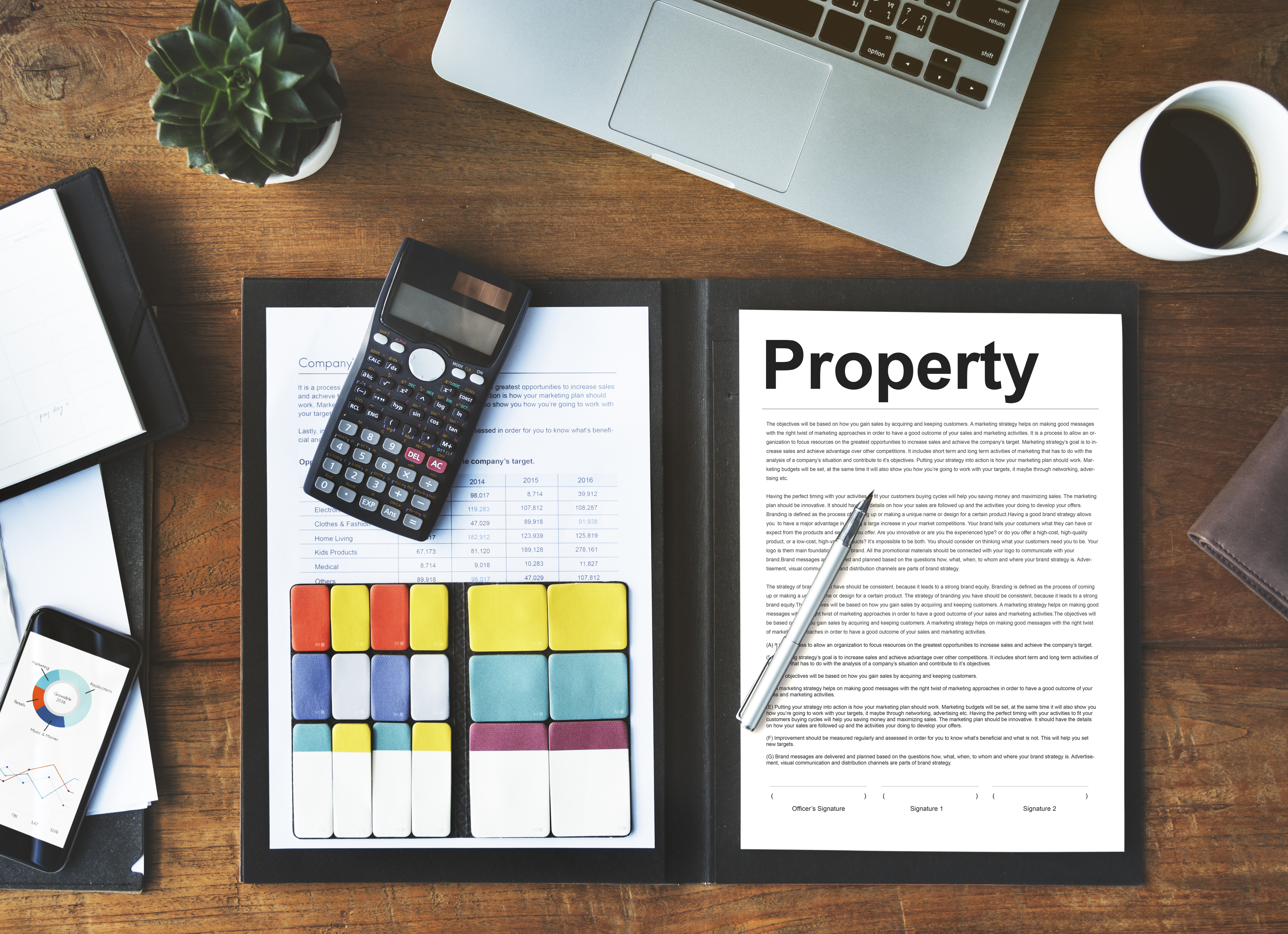Depreciation 101: How to Maximise Tax Benefits on Investment Properties
Introduction
4 min read
Norus Blog : Oct 3, 2025 2:14:59 PM
-2.jpg)
Introduction
Heard the term negative gearing but not quite sure what it means?
You’re not alone. Many first-time investors are curious about how negative gearing works and why it’s so widely used across Australia. In simple terms, it’s a tax strategy that allows you to offset the costs of owning an investment property against your income, potentially reducing your tax bill while building long-term wealth.
Used wisely, negative gearing can support a strong property portfolio and make holding an appreciating asset more affordable over time. Here’s what you need to know.
1. What Is Negative Gearing?
A property is negatively geared when the costs of owning it exceed the rental income it earns. This includes expenses like mortgage interest, maintenance, property management and insurance.
That net loss can be claimed as a deduction on your taxable income, which reduces the amount of tax you pay.
For comparison, a positively geared property earns more in rent than it costs to hold. While that may boost cash flow, the rental profit is taxable. Many investors prefer negative gearing because it helps reduce taxable income and supports a long-term capital growth strategy.
2. How Does It Work in Practice?
Let’s take a quick example:
If you earn a salary of $90,000 annually, your taxable income is reduced to $83,000 after applying the $7,000 property loss. That means a lower tax bill at the end of the financial year.
While you’re making a short-term cash flow loss, the real aim is to hold the property long enough to benefit from capital growth. Over time, if the property increases in value, the overall return can far outweigh the initial loss.
3. What Can Be Claimed as a Deduction?
When your property is negatively geared, you can claim a wide range of expenses, including:
These deductions can add up quickly, especially with a new or off-the-plan property that qualifies for full depreciation benefits.
4. Benefits of Negative Gearing
There are several reasons why investors use this strategy:
At Norus Projects, our developments in Burwood, Ivanhoe and Sandringham are often favoured by investors for these very reasons. Our projects are modern builds with high rental appeal and generous tax offsets.
5. Risks and Considerations
Like all strategies, negative gearing comes with risks that need to be managed:
6. Who Is Negative Gearing Best Suited For?
This strategy is typically a better fit for:
7. How to Get Started with a Negatively Geared Investment
Ready to explore this strategy? Here are a few tips to get started:
Conclusion: Negative Gearing Can Be a Powerful Wealth Tool (If Used Wisely)
Negative gearing can be a smart way to reduce your tax bill while building a portfolio of high-performing properties. By understanding how it works and applying it to the right asset in the right location, you can make this strategy work in your favour.
Want to explore negatively geared opportunities? Contact our team at Norus Projects for expert guidance and high-growth property options that suit your investment goals.
*Please refer to the Federal and State Government websites for further information. Terms and Conditions apply to any other promotions that may be contained within this communication. Please enquire within and check with the vendor and agent for further terms and conditions. Only one promotion can be used per purchase and can not be used in conjunction with any other promotions. The information contained herein is given for general information purposes only and it is subject to change. Readers, viewers and consumers are advised to perform their own research and investigations and obtain their own financial, legal and other advice. The information and materials do not form any representation by any vendors or agents of any vendors and may include third-party opinions that do not represent the opinion of any vendor or agent. They do not form part of any contract of sale and they do not constitute legal, financial, real estate or other advice and must not be regarded or relied upon as such. No warranty is given either expressly or implied and the vendors or agents do not assume liability for negligence or otherwise with respect to the contents herein. Any plans are yet to have had their structural and services review so are subject to change prior to completion of construction. All plans, dimensions, areas and particulars herein whether by measurements or visual representation are approximate only, for general information only, and do not constitute any representation by the vendor or its agents or representatives. They do not form part of any contract of sale. Changes will undoubtedly be made during development and dimensions, fittings, finishes and specifications are therefore subject to change. Any furniture, goods and chattels depicted in this document are not included with any sale. Prospective purchasers or lessees are advised to not to rely on the information contained herein and to satisfy themselves as to the accuracy of all information given by making their own inspections, searches, inquiries and advises or as is otherwise necessary. The vendor or its agents or representatives will not be responsible for any error or misdescription which may appear. Further, the vendor or the developer or their agents or representatives do not represent, warrant and/or guarantee that the integrity of this communication has been maintained or that the communication is free of errors, virus, interception or interference. Usage of this or any other websites and materials and any associated website or material is subject to further terms and conditions.

Introduction

If you’re a Melbourne homeowner, you might be sitting on a powerful financial resource without even realising it: equity. This is more than just a...

Introduction